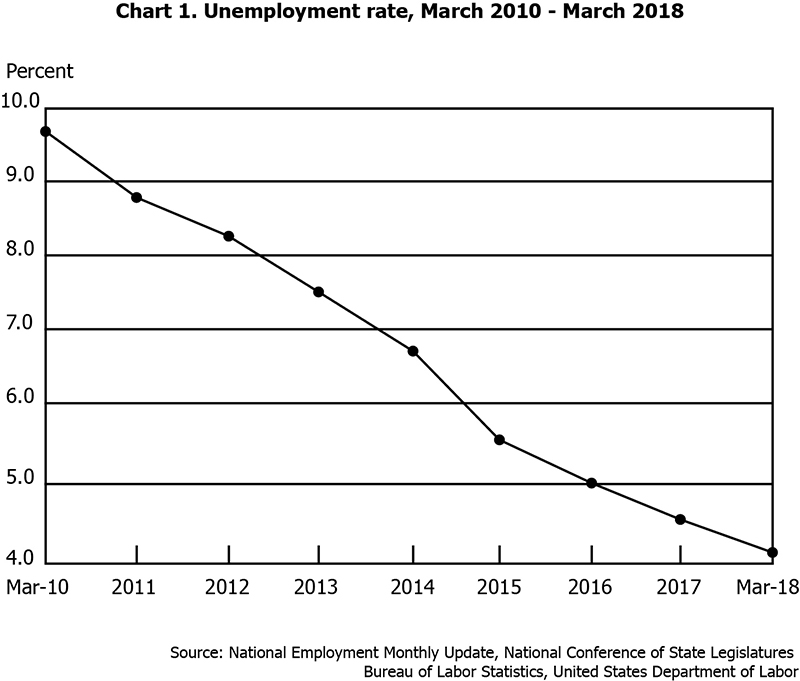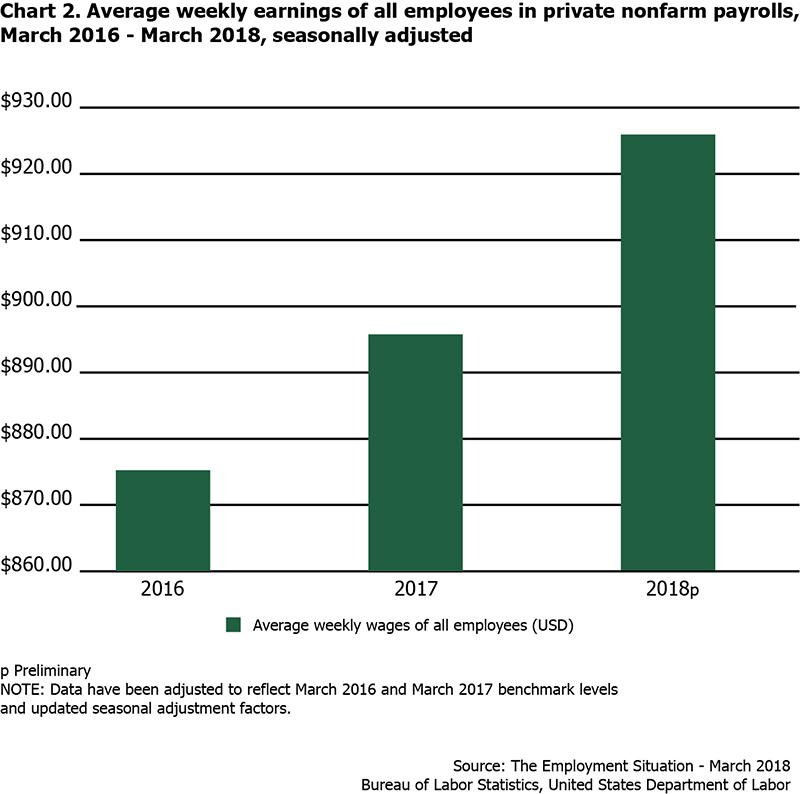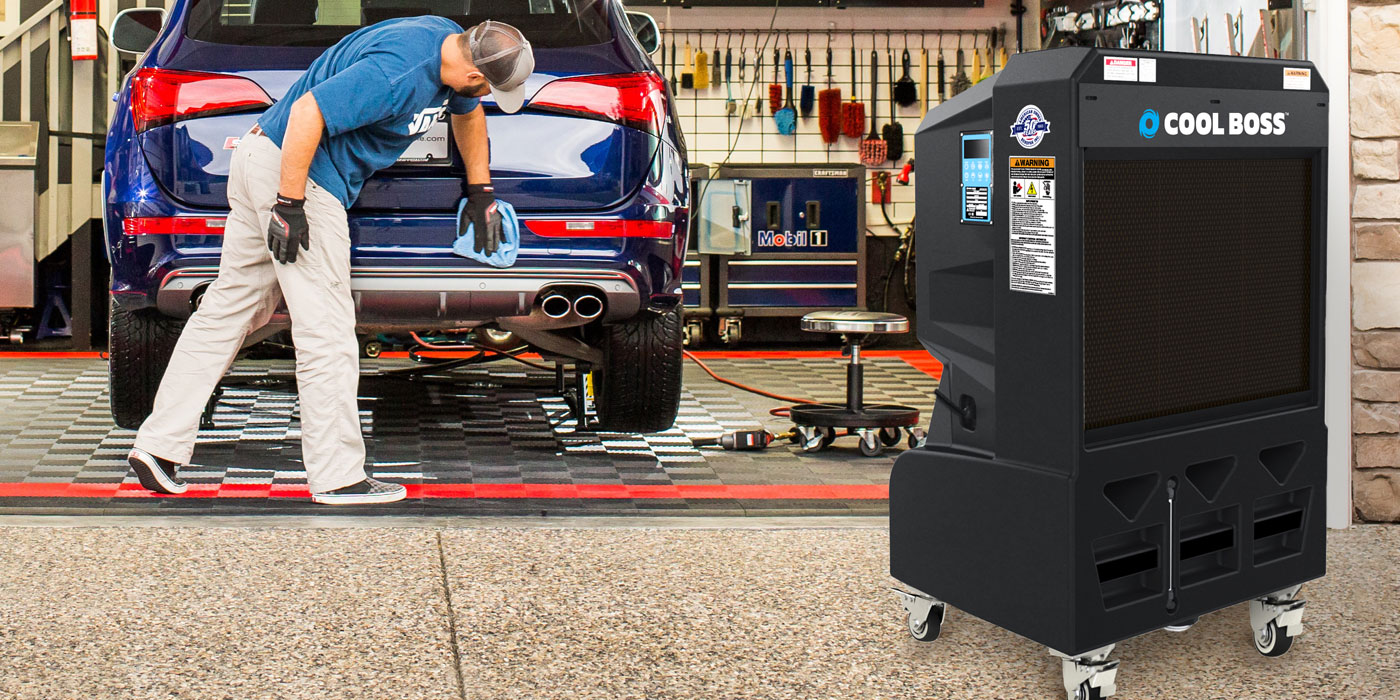Business leaders in every industry have noticed the increasing difficulty of assessing, cultivating and retaining the best talent in 2018. Everyone is facing a talent shortage. The talent wars are on and are more heated than ever.
The talent wars have been heating up for some time, and there are a couple of reasons why leaders are feeling more pressure now than before. Since 2010, the unemployment rate has dropped dramatically, and at the same time, wages have been on the rise over the past five years. Combined, these two metrics illustrate the nature of the talent wars in 2018: As employees gain more options, they also gain more leverage with current or future employers, putting those employers into an endless bidding war to compete for the best available talent.
Shifting mindset
Contrary to popular belief, it is not just young, high-talent employees who have become more demanding. Today, employees of all ages are much less likely to buy into or be motivated by promises of long-term rewards. After years of change and uncertainty, employers can no longer guarantee the long-term rewards that they used to. As a result, most employees try to get what they can from their employers one day at a time. People are embracing the transactional, free-agent mindset because they really don’t have much of a choice.
However, what employers should be realizing is that this new workplace reality gives employees most of the power. If employees no longer expect to pay their dues for years on end, then employers have to do more to retain them in the short term. The free-agent mindset is often dismissed as an individual employee’s high-maintenance attitude. In reality, this employee mindset is not the exception — it’s the rule. And, it’s the result of increased benefits from employers when it comes to flexible working arrangements and other rewards.
So, with all of the power in prospective employees’ hands, how do companies take control of turnover in order to get the best as well as the brightest working for them? It all comes down to building a winning culture comprising of talent selection, high performance and retention.
Talent selection: Allow the best candidates to rise to the top
In a tight labor market, competition among employers results in a lot of hard selling to job candidates, even if those candidates are not ideal for the job. In fact, some employers are so starved for talent that they cannot bear to turn potential employees away, even in the face of huge red flags telling them, “Don’t hire this person.”
The first rule of selection is: It is better to leave a position unfilled than to fill it with the wrong person. When job candidates display failings in the job selection process that would make them bad employees, these are red flags. Pay attention.
There are several ways to make your selection process effective, fast and rigorous:
- Scare them away: Tell your candidates the downsides of the job in clear and honest terms. This will effectively eliminate anyone who is not 100 percent certain in terms of being interested in the job.
- Testing: Try to find a testing method that measures a candidate’s abilities simply and efficiently. Focus on what that person is required to do on the job every day, and don’t forget the soft skills.
- The behavioral job interview: Conducting an effective behavioral interview simply means asking applicants to tell you a story and then listening to their stories and seeing what they tell you about them. Rather than trying to get to know their personalities to see how you “feel” about them, ask questions that will give you relevant information you can use.
- The realistic job preview: One mistake many organizations make is that although they provide prospective employees with job previews, they are not realistic previews. Sometimes, the best thing you can do to create a realistic job preview is have current employees talk with applicants about the job, again, clearly and honestly.
- Communicate: As important as it is to be very selective during your hiring, you also must do it fast. If there is any significant lag between hiring people and their actual starting dates, it is important to keep them engaged and to set them up for a solid beginning on day one. What background material or current projects should they be provided with before they walk in your door?
High performance: Reinvent knowledge work
Managers often divide their employees — either explicitly or implicitly — into two categories: those who are knowledge workers, or “idea people,” and those who are not. Employees with higher levels of education and responsibility are often accorded the status of knowledge workers, while those with lower levels of education and responsibility are not. This is a big mistake and, unfortunately, a very common one. Today, everybody in a successful organization must be a knowledge worker.
Here is the missing link: Knowledge work is not about what one does. Knowledge work is about how one does something. If an employee leverages information, technique and ideas in his or her job, then that person is a knowledge worker. If he or she does not leverage skill and knowledge in his or her work to do a better job, that person is going to be far less useful.
One effective way of providing opportunities for employees to test new strategies or leverage new information is requiring them to make an individualized learning plan. Have employees break down their jobs into key areas of responsibility. Then, for each area of responsibility, have employees generate a list of learning resources that can help them improve on or learn more about that aspect of their job. Those resources can be anything, from books to websites to other people in the organization. That alone can yield some really impressive results. Your employees may surprise you with their creativity and resourcefulness.
Retention: Turn reasons to leave into reasons to stay
Most employees want a manager who will work with them to help them meet their wants and needs in the workplace. Yet, managers sometimes feel indignant about this. Remember, in today’s work environment, the employer-employee relationship is transactional. People are coming to work to earn. Part of your job is to help them earn — and that is the key to retention. You have to turn the reasons people leave into reasons they will stay and work harder.
Do not wait until employees start thinking about leaving to ask, “Is there anything we can do to keep you?” Ask on the first day of employment and keep asking every single day. Does that mean you should do everything for everybody? No. Should you cater to their every whim? No. But employees need to know that somebody understands what they want and need, somebody cares and somebody is going to work with them to help them earn more of it.
The key is not to give employees false hope or make false promises. When employees express needs and wants that are totally unrealistic, you should let them know. The next step, however, is to help them see what is realistic.
Start talking with valued employees about retention on day one, and keep talking about it. If you are talking with them about how to meet their needs and wants on an ongoing basis, they are much more likely to be open with you at those key points when they are trying to decide whether to leave or stay. If you are willing to work with them, you can be flexible and generous. That is how you build basic trust and make them want to stay and work harder, at least for a little while longer.
It’s also important that managers not let employees (especially the great ones) get into a downward performance spiral. How do you stop that downward spiral?
The best thing a manager can do in those cases is help the employee improve so he or she will start feeling better about the job and regain a sense of purpose and interest in the work. Scrutinize that employee’s work constructively to help him or her see what is going wrong and how to improve. Break down the project, responsibility or task into smaller pieces. Guide and direct the employee in accomplishing one very small piece at a time.
Related: Wash Wisdom: 4 methods to boost employee retention
Instead of suffering the pain of failure, the employee will get a chance to bank one tiny success after another. In the process, the employee is likely to learn and grow and feel increasingly competent. As a manager, you will also put the employee in a much stronger position to earn more of the rewards that person needs by doing excellent work.
Of course, providing more generous rewards or work conditions in order to reward and retain high performers is a growing workplace trend.
Providing differential rewards only works when managers do the hard work of regularly evaluating the performance of every single employee.
All employees need to understand how and why they are earning the rewards they earn and what they need to do in order to earn more. That means defining expectations every step of the way and tying concrete rewards to the fulfillment of those expectations.
Turn everyone into a chief retention officer
The struggle to attract, motivate and retain the best talent is the new reality of the labor market, and it is here to stay. Not only are the talent wars not going anywhere, but trends in demographics and the overall employee mindset mean that challenges are likely to increase.
There is no quick fix — building a winning culture that attracts the best talent, cultivates their skills and retains them long-term requires some effort from everyone in the organization.
Make everyone in your workplace a chief retention officer by asking each one, “How do you create a culture of prestige in the work you do every day?”
It is important to take the time to make your company’s organizational culture stronger every step of the way.
Bruce Tulgan is an adviser to business leaders all over the world and a sought-after keynote speaker and seminar leader. He is the founder and CEO of RainmakerThinking Inc., a management research and training firm, as well as RainmakerThinking.Training, an online training company. Bruce is the best-selling author of numerous books, including “Not Everyone Gets a Trophy” (Revised & Updated, 2016), “Bridging the Soft Skills Gap” (2015), “The 27 Challenges Managers Face” (2014) and “It’s Okay to be the Boss” (Revised & Updated, 2014). He has written for The New York Times, the Harvard Business Review, HR Magazine, Training Magazine and the Huffington Post. Bruce can be reached by e-mail at [email protected]. You can follow him on Twitter @BruceTulgan or visit his website, www.rainmakerthinking.com.
















